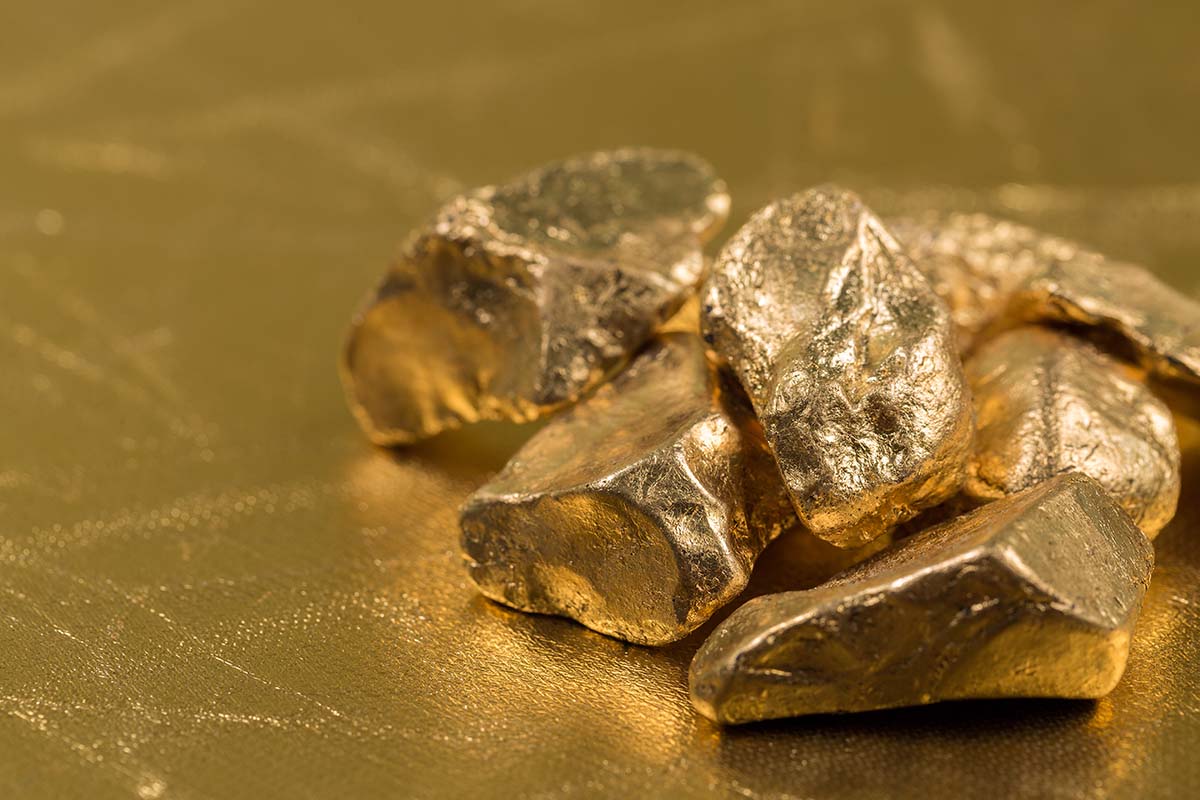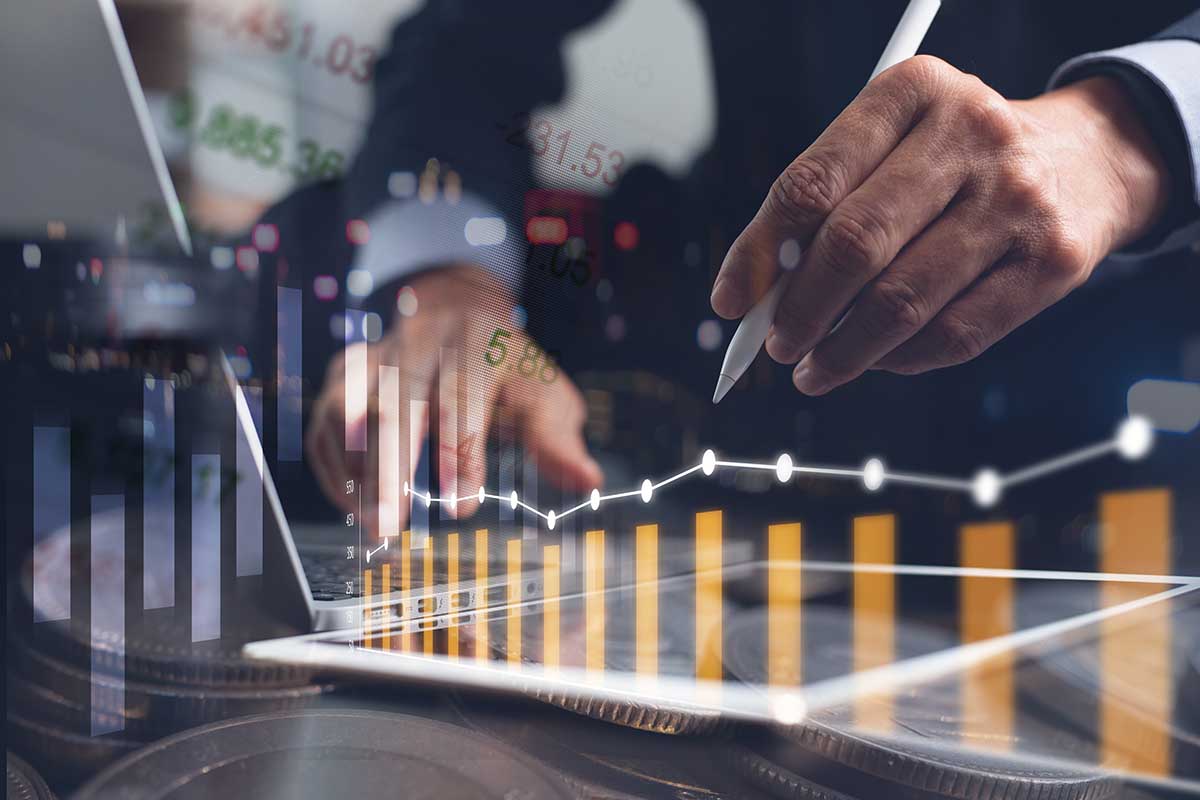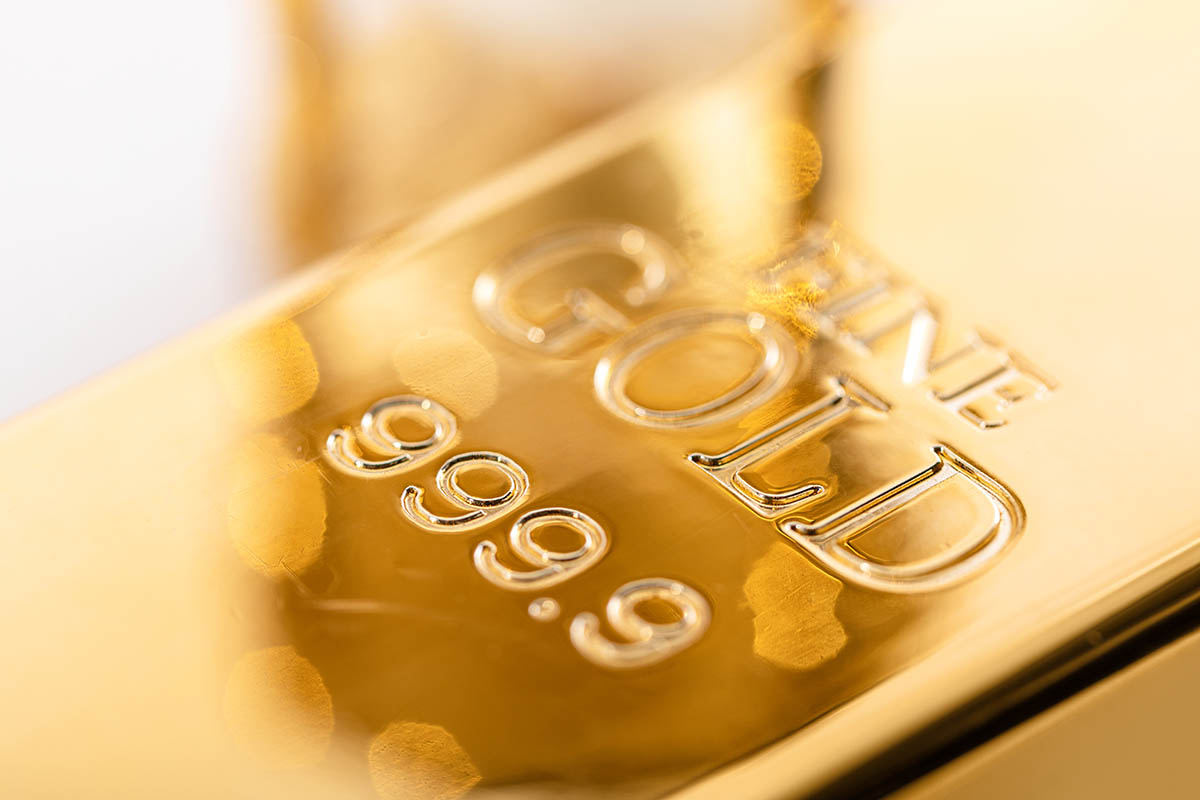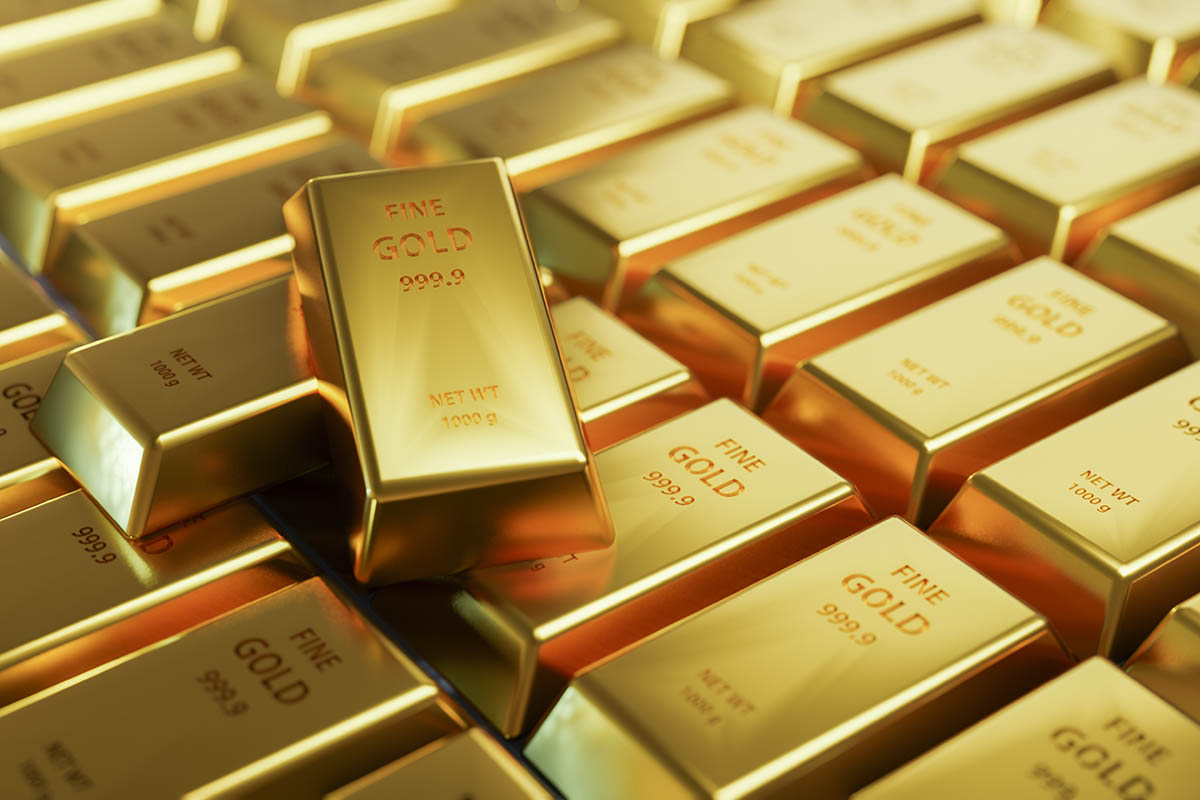Investing in precious metals can be a wise and lucrative decision, yet knowing where to begin is often tricky. What are the best options? How much should you invest? Do any risks exist? These questions – and more – will all be answered in this comprehensive guide to investing in precious metals. Whether you’re an experienced investor or just starting, this article will provide valuable insight into precious metal investments.
The first step when considering investing in precious metals is understanding your options. Several different types of metals are available for investment, from gold and silver coins to bars made from platinum and palladium. Each option has advantages and disadvantages that must be considered before making any decisions. To make an informed choice, weighing the pros and cons of each type of metal is essential based on factors such as liquidity, value fluctuations, storage costs, etc.
Finally, it would help if you protect yourself against potential losses by doing thorough research beforehand. This includes looking into reputable dealers who offer fair prices for their products and reading reviews about customer service experiences prior customers have had with them. It also means familiarizing yourself with current market trends to predict better which direction prices may move. By following these fundamental principles, investors can put themselves in a strong position when it comes time to purchase their chosen form of investment-grade precious metal.
Types Of Precious Metals
Investing in precious metals can be a great way to diversify and protect your portfolio. There are many different types of precious metals that you should consider when investing, each with its unique benefits and risks.
Gold is the most popular type of precious metal for investors, says bestpreciousmetaliras.org. It has been used as currency since ancient times, and today it remains one of the most substantial investments worldwide due to its high liquidity and lasting value. Gold coins and bars are easy to buy and sell, making them an attractive investment option.
Silver is another popular choice among those looking to invest in precious metals. It’s less expensive than gold but still has long-term stability so that it can make for a valuable addition to any portfolio. Platinum is also gaining popularity among investors thanks to its rarity and superior quality to other metals such as gold or silver. Finally, palladium is a lesser-known yet highly sought-after metal due to its impressive tensile strength, corrosion resistance, and malleability; these qualities have made it desirable for industrial applications, which increases its demand in financial markets around the world.
No matter what type of precious metal you choose to invest in, there will always be certain benefits and risks associated with it – understanding these before investing can help ensure that you’re making smart decisions with your money.
Benefits And Risks Of Investing In Precious Metals
Investing in precious metals can be a great way to diversify your portfolio and protect against inflationary risks, but it’s essential to understand the benefits and risks of investing in this asset class before getting started. Precious metals offer numerous advantages to investors, including hedge protection against economic uncertainty, low correlation with other asset classes, the potential for long-term appreciation, and more. However, they also come with unique risks to consider when making an investment decision.
The first benefit of investing in precious metals is its ability to provide a hedge against market volatility. As metal prices are largely influenced by global supply and demand dynamics, they remain relatively stable even during financial or political unrest. This makes them ideal investments for those looking to safeguard their portfolios from sudden economic or stock market changes. Furthermore, precious metal values can increase over time due to factors such as inflation or currency devaluation – something which cannot necessarily be said about other asset classes like stocks or bonds.
Another advantage of investing in these resources is that they have historically exhibited low correlations with traditional asset classes like equities and fixed-income securities. This means that if one type of asset were to suffer losses, there is less chance that the value of another would follow suit, thus limiting overall exposure to risk while still maintaining a well-rounded portfolio mix. Additionally, many investors view gold and silver as “haven” investments that may appreciate regardless of broader market conditions. Therefore, allocating some capital towards these commodities could help ensure sustained growth over the long term.
However, despite its many benefits, there are also several drawbacks associated with investing in precious metals – namely, liquidity concerns and storage costs. While individual coins may retain much of their value even after years on the shelf (unlike paper money), buyers should keep in mind that selling large amounts at once will likely require significant patience due to the slow nature of physical transactions compared to digital ones involving stocks or bonds. Similarly, storing large quantities safely will require additional security measures (such as vaults), which carry cost implications beyond simply buying or selling the underlying commodity itself.
In summary, there are positive and negative aspects associated with investing in precious metals that every investor should consider before taking action. Those who carefully weigh up each factor against their personal goals may find themselves better positioned to reap the rewards without excessive exposure to risk down the line!
Conclusion
Investing in precious metals can significantly diversify your portfolio and protect you from market volatility. With the right knowledge, understanding of risk, and a little luck, you can enjoy all the benefits of investing in these valuable commodities.
The most potential profits are if their prices rise significantly over time. Additionally, there are various ways to invest in each metal, including physical bullion bars or coins, exchange-traded funds (ETFs), or certificates backed by real metal held in custody accounts.
One interesting statistic worth noting is that according to Investopedia’s research, ‘gold has outperformed stocks since 2000’ – making it an ideal choice for those looking for greater peace of mind during turbulent times. Ultimately though, which form of precious metal investments works best will depend largely upon individual objectives and tolerance for risk-taking behavior –so make sure you do your homework before moving forward!




















